Indonesia is huge. It is both exciting and completely overwhelming when planning a trip there to realize how many different islands and places within those islands there are to visit. Everyone seems to head straight for Bali, but when there are seemingly unlimited choices for places to go that just felt too boring. Brian and I also had an important list of priorities for Indonesia to help us make our decision. #1, #2 and #3 on our list: Dive in the most beautiful place in Indonesia. Our two secondary goals were to hike an active volcano and see an interesting primate of some type.
We scoured the internet for articles on diving in Indonesia to try to find recommendations for the best place to dive. There are many amazing places to dive in Indonesia, so this definitely wasn’t easy! What helped us make our decision to go to Sulawesi was that it fulfilled all three of our goals and all within relatively short distances of each other. That last part was key, because not only is Indonesia itself huge, but most of the major islands are also massive and you can spend days traveling by land across them. By this point in our trip, we were completely exhausted with long bus rides and really wanted to minimize our time on them.
Sulawesi is the fourth largest island in Indonesia and has an interesting octopus-like shape. It is 67,400 square miles, so it literally does take days to travel by bus if you want to see the whole island. The three places we wanted to visit in Sulawesi were all in the northern part of the island: Buanken National Marine Park for diving, Tangkoko National Park to see tarsiers, and Tomohon to hike an active volcano, and thankfully all within just a few hours of each other by public transportation.
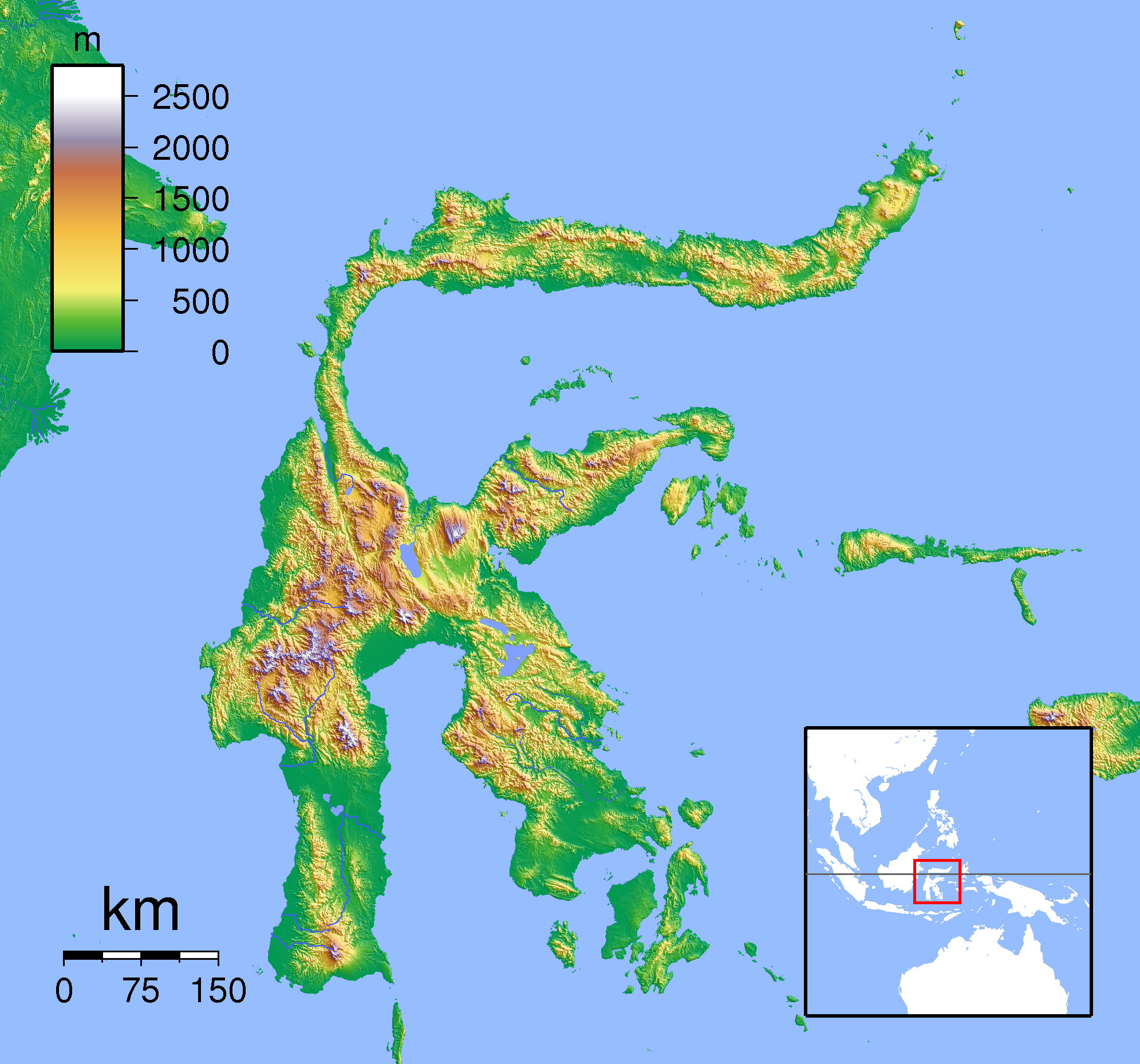
Our first stop in Indonesia was to Bunaken Island, which is the main island with accommodations for divers visiting Bunaken National Marine Park. We were only planning to spend a few days on Bunaken Island, but ended up changing our plans when we realized what being here would actually be like. A typical day involved the following: Wake up, eat breakfast, dive, eat lunch, nap in the hammock, snorkel, read in the hammock, eat dinner, sleep. It was a very difficult life for the 10 days we ended up being there.
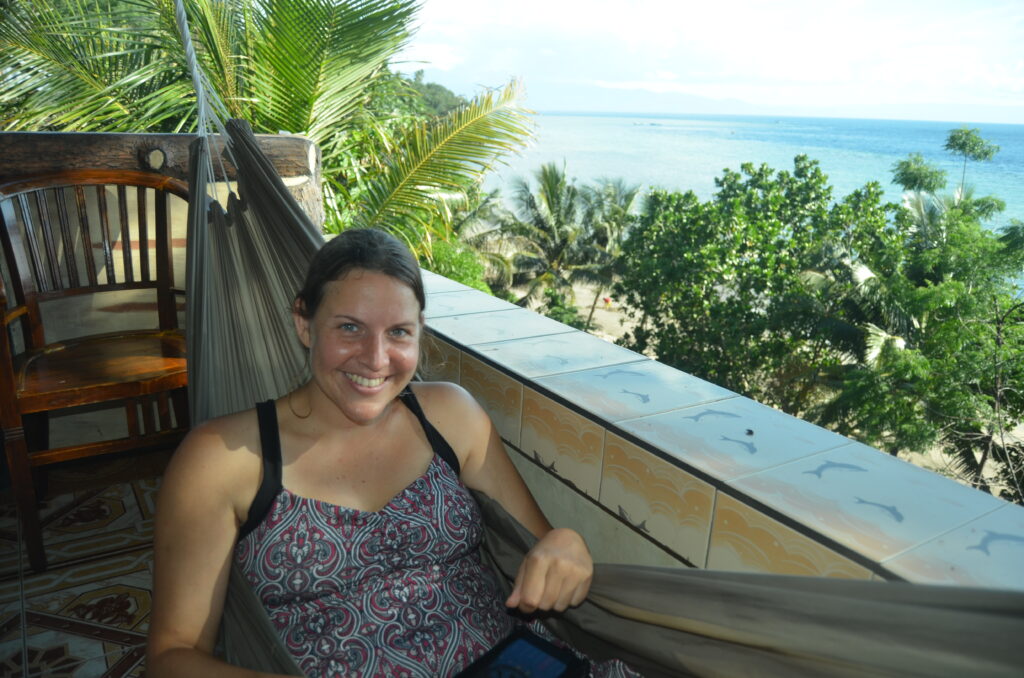
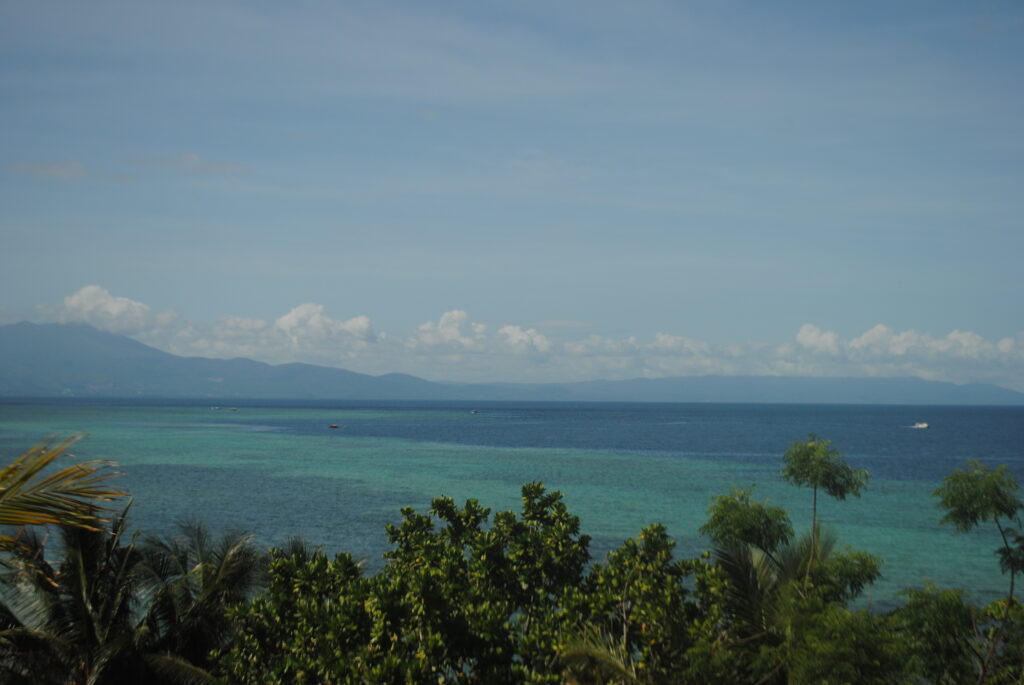
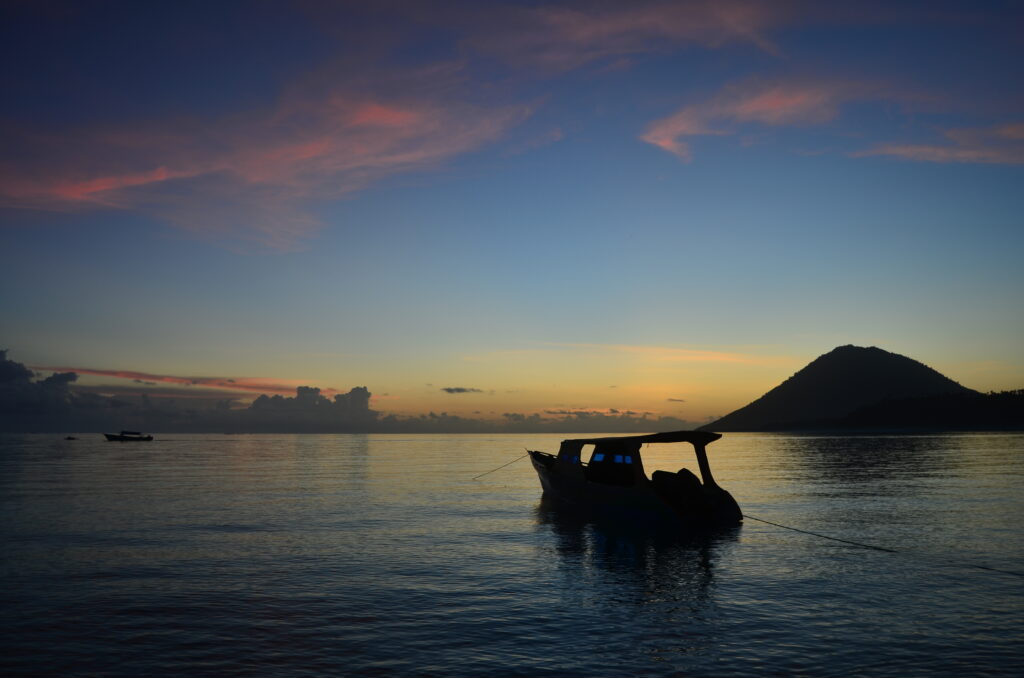
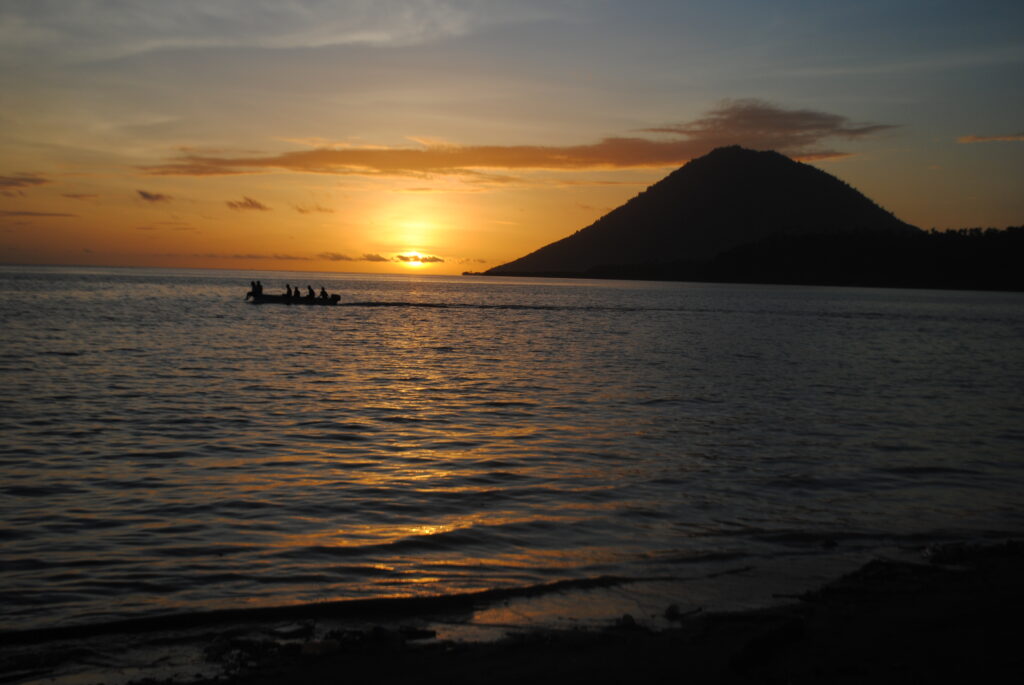

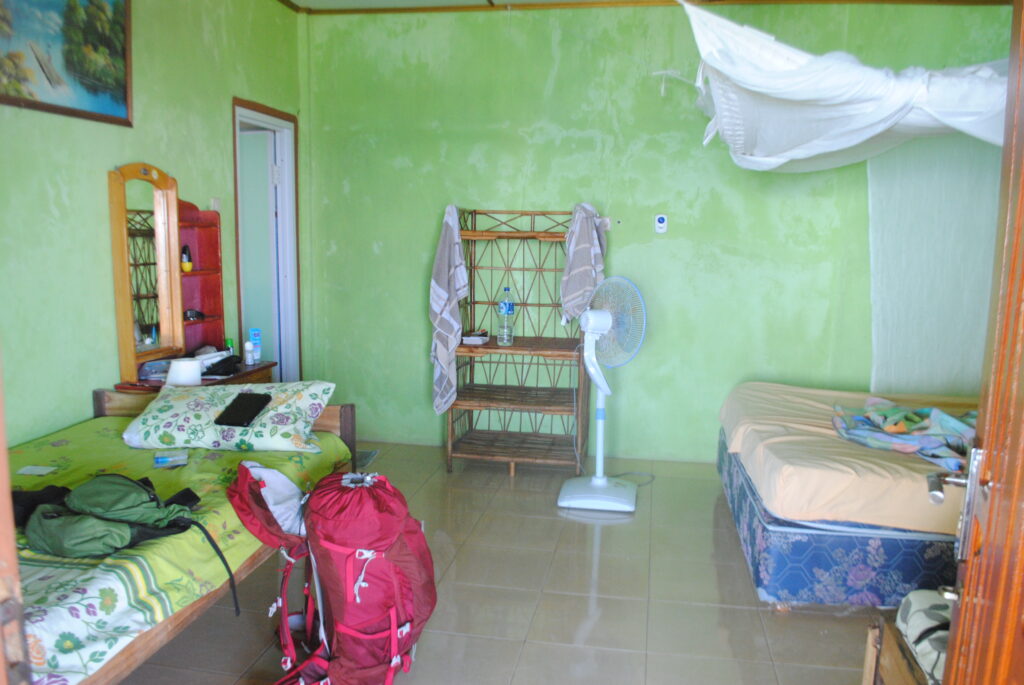
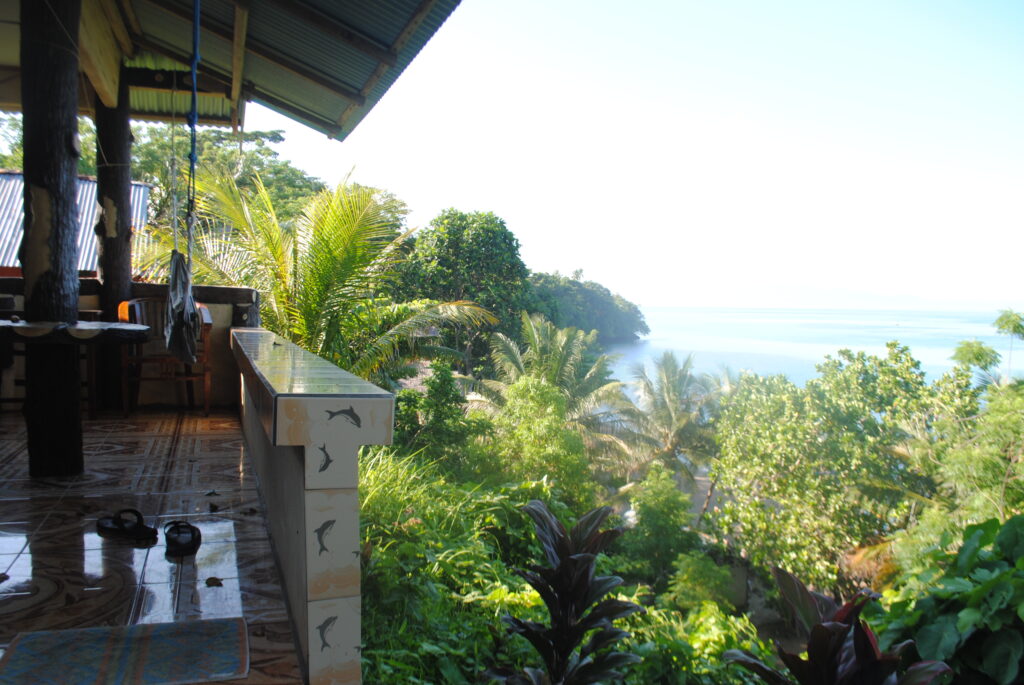
In addition to providing us with a cute beach view bungalow and dive equipment/transportation, our guesthouse (named Panorama) included all of our meals. Each and every meal was delicious and contained massive quantities of food. One of the best things about Indonesian food is how vegetarian friendly it is! Apparently the soy product that we Americans have come to know and love in recent years, tempeh, originates from Indonesia and can be found in numerous traditional Indonesian dishes as a meat substitute. While tempeh can be found in the U.S., we sadly do not know how to prepare it like the Indonesians do. The taste of Indonesian tempeh is amazingly flavorful and mixes perfectly with the different Indonesian sauces and vegetables. Although I am not the best source to make this claim having been a vegetarian for 7 years, I swear that everyone would give up meat (or at least substantially cut down on it) if we prepared tempeh like they do in Indonesia. Although, now that I think about it, it’s not like the Indonesians themselves have forsaken meat, so perhaps I could be wrong on this.
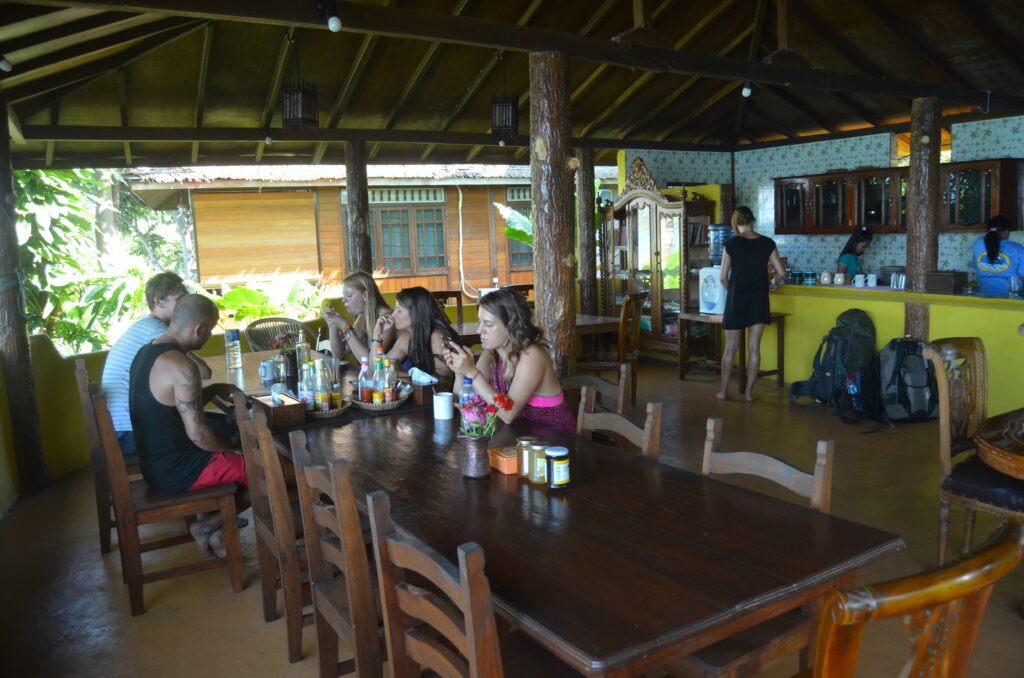
One other interesting fact about Indonesians and food: they love their donuts! We saw donut shops everywhere, including the big chains like Krispie Kreme and Dunkin Donuts. I’m pretty sure I never saw those donut chains anywhere else during our travels, which I think speaks to how much of a market there is for donuts in Indonesia. While I didn’t think the donuts tasted quite as good as those brands do in the U.S. (and yes, for science’s sake I made sure to taste both brands while in Indonesia…multiple times) you could get some unique flavors. It was here that I encountered a new type of donut called “Durian”. Not being familiar with the word myself, I asked the man working behind the counter what was in a “Durian donut”, to which he helpfully replied:”durian”. Fair enough. Taking a shot in the dark, I decided to order it anyway. After taking a bite, I was concerned that the custard-like cream filling had gone bad. It tasted distinctly like garlic as though the cream itself had been prepared on a cutting board that had previously been used to chop garlic. After confirming with Brian that it tasted like what can only be described as “off”, I threw it away. Later that night, everything about this encounter clicked into place when I realized that durian was not just the name of a donut (like “Boston Creme)” but in fact a prolific fruit found throughout Southeast Asia.
Now if you are not familiar with durian, this is not just any fruit, but I can say with confidence that it is the most controversial fruit in the history of all fruits. Many people in Asia are completely obsessed with this fruit and pretty much the rest of the world finds it to be absolutely, positively the most disgusting thing they have ever tasted. I have now made it my mission to try this intriguing fruit in its original, potentially horrifying form to see where I land on the love/hate spectrum. If my durian donut experience is any indication, my guess would be “hate”.

Although the food was definitely a highlight of our time at Panorama, it could not compare to the incredible diving experiences we had there. The marine life at Bunaken is so spectacular and abundant that you really don’t even need to dive, but can have just as satisfying of an experience snorkeling. We saw eels, rays, reef sharks, and a ridiculous amount of sea turtles, especially at the appropriately named dive site “Turtle City” (we counted 12 turtles on just one dive there!) Possibly even more incredible than the large sea animals we saw were the amazingly small and beautiful creatures like nudibranches and my new favorite sea creature the orangutan crab. This crab isn’t more than two inches big and really, truly looks like an orangutan. It even waves its furry-looking claws in a manner similar to the way orangutans move their arms when they walk around. Our dive guides were fantastically skilled at spotting the smallest creatures that we never would have seen without them. Brian and I are thoroughly convinced that diving at Bunaken has ruined diving for us pretty much anywhere else in the world that will just never compare.
After 10 amazing and relaxing days of gorging ourselves on food and diving on Bunaken, we forced ourselves to get back in a car to travel to our next destination to see the elusive tarsiers, the world’s smallest primate that currently only exists in the islands in Southeast Asia.